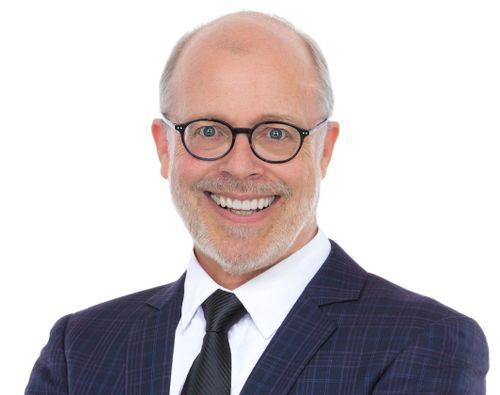I hope you will indulge me regarding an article I read which I thought had some very good observations regarding expectations of investors and issuers regarding IPOs, both now and during the Internet euphoria.
In the third paragraph, the article discusses the profile of companies that should seek out the public market: “It’s about what kind of company can join the public equity markets. In these depressed times especially, it’s clear that only large, mature companies with strong balance sheets and adequate reporting infrastructure should attempt to IPO. Clarity, liquidity, stability: these are the watchwords for public equity issuance.”
I found these words (clarity, liquidity, stability) to be remarkably reminiscent of the speech I would so often give to companies with whom I was discussing their prospects for accessing the public markets. Some of you have heard me refer to the characteristics a company should evaluate as Brad’s Three Rules of Successful IPOs:
- The decision to go public should be driven by corporate need, not market opportunity. Clarity of purpose for an IPO.
- The company must have achieved a level of business maturity that it can manage to the quarterly expectations of Wall Street. Stability of the business model.
- The company must be able to achieve a sustainable public market value, [in 2002 this was] about $50mm. This means the IPO capitalization must be sufficiently above the $50mm level so that a market adjustment does not cause the capitalization to fall below this level where the company effectively becomes a “private” company with public market responsibilities. Adequate liquidity to ride through market adjustments.
I hope you find this thought provoking.
Bradford Harries is a partner of Chessiecap Securities, a FINRA registered broker-dealer that provides investment banking services including capital raising, M&A and other corporate finance services. He is a graduate of Stanford University with an AB in Economics and MBA. His Wall Street career began in 1979 and has particular expertise with respect to technology and emerging growth industries.










